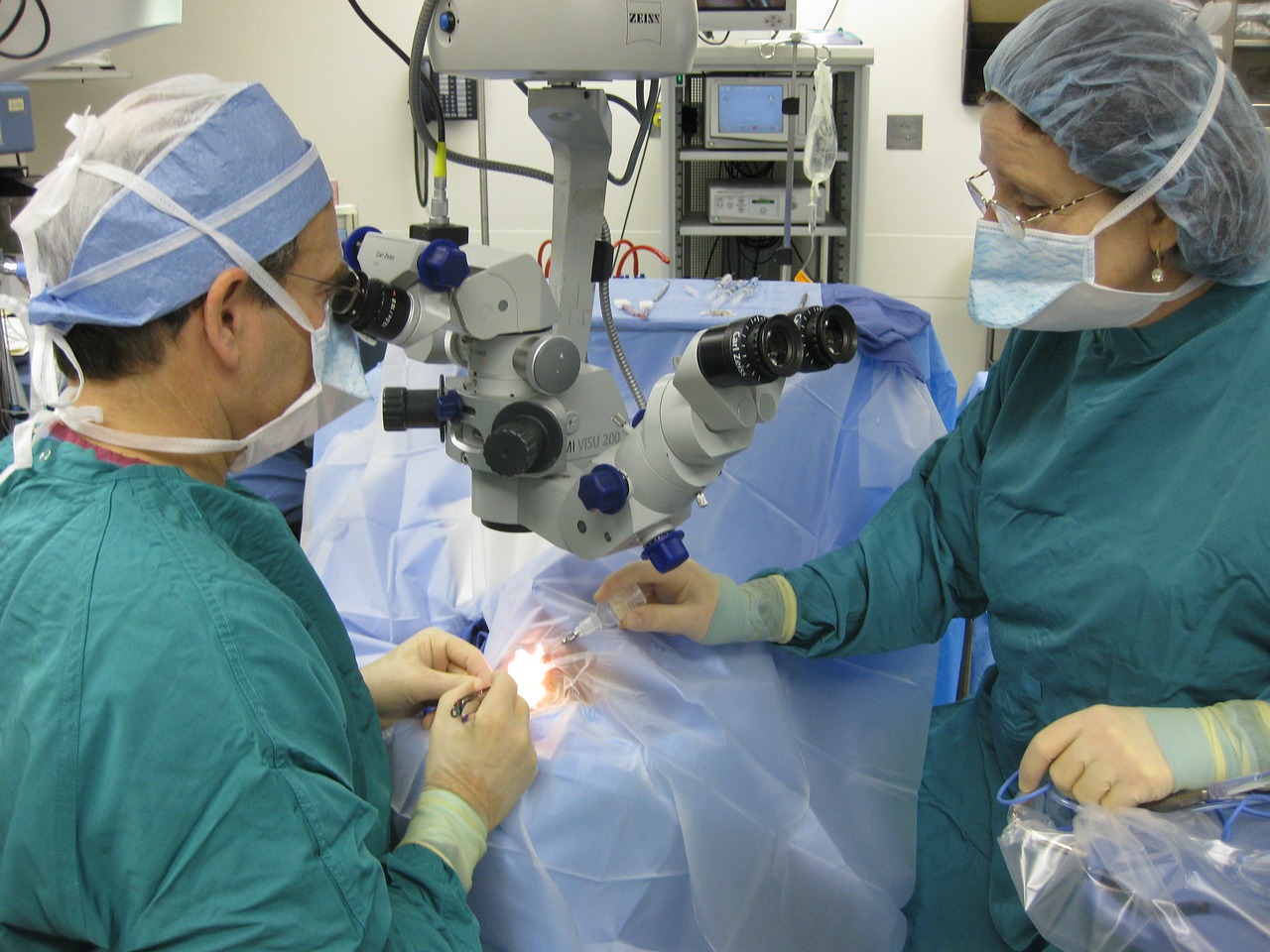How did I get started? Part Three

Your perspective on a problem changes as your tools change. – Tony Mork
I didn’t think that there was enough preop testing to really know where the pain was coming from.
Three things changed when I operated on the back and neck with a small tubular retractor.
One – The anatomy looks completely different through a scope than when looking directly through a larger incision.
Two – There is very limited ability to “wander around” and explore with endoscopic equipment.
Three – #2 necessitates a very clear understanding of the problem causing the pain (diagnosis) so the scope can be placed accurately.
The anatomy does look different through a scope with magnification, especially if the lens on the end of the scope is angled 10-20 degrees. A scope with an angled lens allows you to almost “look around” corners. I’m not sure why things look so different, but I recalled the same phenomenon occurring when switching from “open” knee surgery to arthroscopic knee surgery. I recall looking at monographs that showed arthroscopic pictures of various structures taken inside of the knee and things just looked “different”. Some of these pictures showed structures that could not be seen when doing open surgery, and it was the same with endoscopic spine surgery.
When a tube is placed through a skin incision that is less than 1”, it has to pass through the skin, subcutaneous tissue, fascial planes, muscles and sometimes bone. Each of these planes acts as a restraint to move the tube around. A small tubular retractor is great to reduce collateral damage to the soft tissue envelope. While reduced soft tissue injury was a great benefit, moving the tube around became more difficult. This meant that the tube had to be placed with great accuracy to access the problem and if bone was involved, positioning became even more critical. Tube placement is accomplished with fluoroscopic x-ray in the AP and lateral planes. Proper tube placement with fluoroscopic x-ray requires excellent 3-dimensional skills, which is something you are born with rather than acquire with study. Of course everybody can improve with practice, but having strong innate 3-dimensional perception makes endoscopic spine surgery a lot easier.
This is one reason I think endoscopic spine surgery is ideal for pain management physicians; they have to have a strong 3-dimensional skill set for all the needle placement they do during the normal course of the day.
Point #3 is really about making the correct diagnosis. The correct diagnosis is the most critical factor of successful spine surgery when trying to relieve pain. After more than 20 years of a 100% endoscopic spine practice, I still find that the #1 cause of persistent pain after spine surgery is an incorrect diagnosis or no diagnosis at all. I believe back and neck pain can almost always be traced to some structure, if you will take the time to search for it.
Early on, I teamed up with a very skillful anesthesiologist who really made my work a lot easier by blocking one structure or another to confirm a diagnosis. I’ve never operated without a clear diagnosis and still don’t. All the patients will tell you is that they have pain, but there might be more than one problem causing that pain. This is why it’s important to prioritize the causes of the pain and deal with the worst pain issue first. When you start using an endoscope with 9x magnification, you can really begin to pick and choose what you will be operating on, but the secret is getting the diagnosis right.
In the beginning, I thought that learning the surgery was the big challenge, but I had no idea that the real art of eliminating back and neck pain was understanding what was causing the pain and then operating on the correct problem. I believe that the major cause of failed back surgery begins with an incorrect diagnosis.
Check back next week for Part 4
